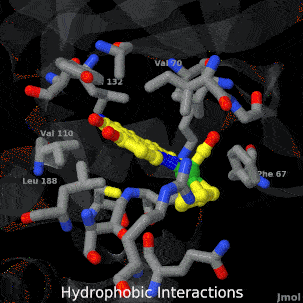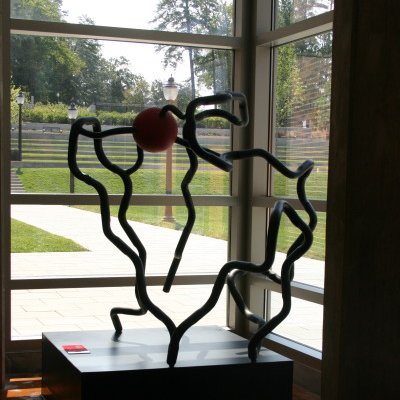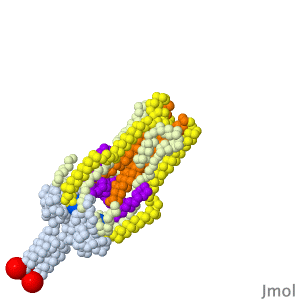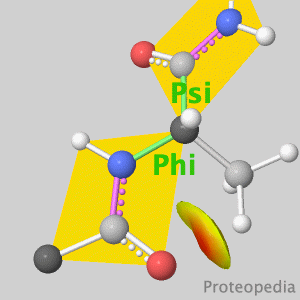User:Jaime.Prilusky/Test/Sortable
From Proteopedia
| Line 5: | Line 5: | ||
<span style="top:+0.2em; font-size:1.2em; padding-left:5px;">The free, collaborative 3D-encyclopedia of proteins & other molecules<br></span> | <span style="top:+0.2em; font-size:1.2em; padding-left:5px;">The free, collaborative 3D-encyclopedia of proteins & other molecules<br></span> | ||
</td></tr> | </td></tr> | ||
| - | <tr | + | <tr> |
| - | < | + | <th style="padding: 10px;background-color: #dae4d9">Journals</th> |
| - | < | + | <th style="padding: 10px;background-color: #f1b840">Art on Science</th> |
| - | < | + | <th style="padding: 10px;background-color: #33ff7b">Selected Pages</th> |
| - | < | + | <th style="padding: 10px;background-color: #dae4d9">Education</th> |
</tr> | </tr> | ||
<tr> | <tr> | ||
Revision as of 07:21, 18 October 2018
|
Welcome to Proteopedia | |||||||||||
| Journals | Art on Science | Selected Pages | Education | ||||||||
|---|---|---|---|---|---|---|---|---|---|---|---|
|
|
|
|
||||||||





